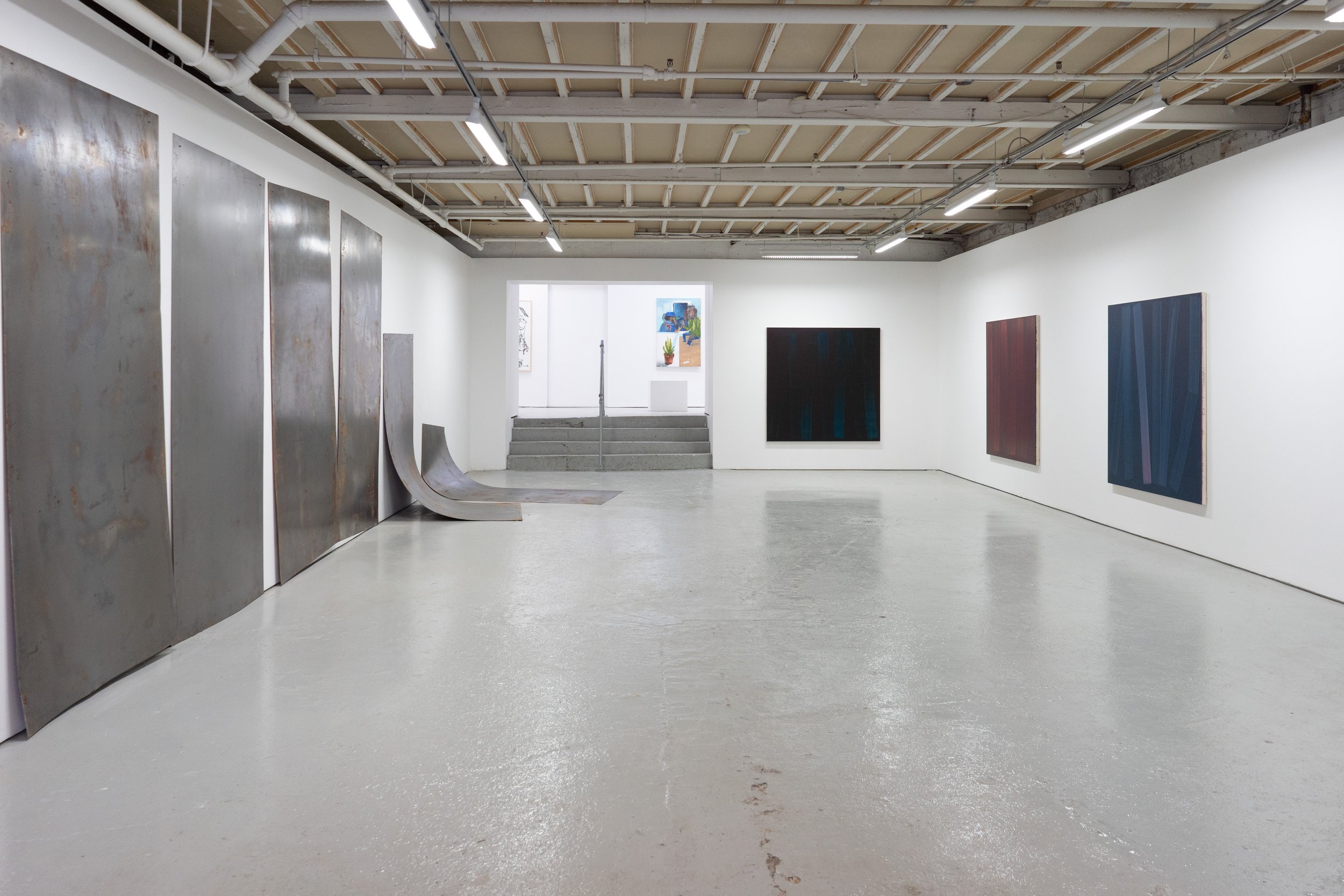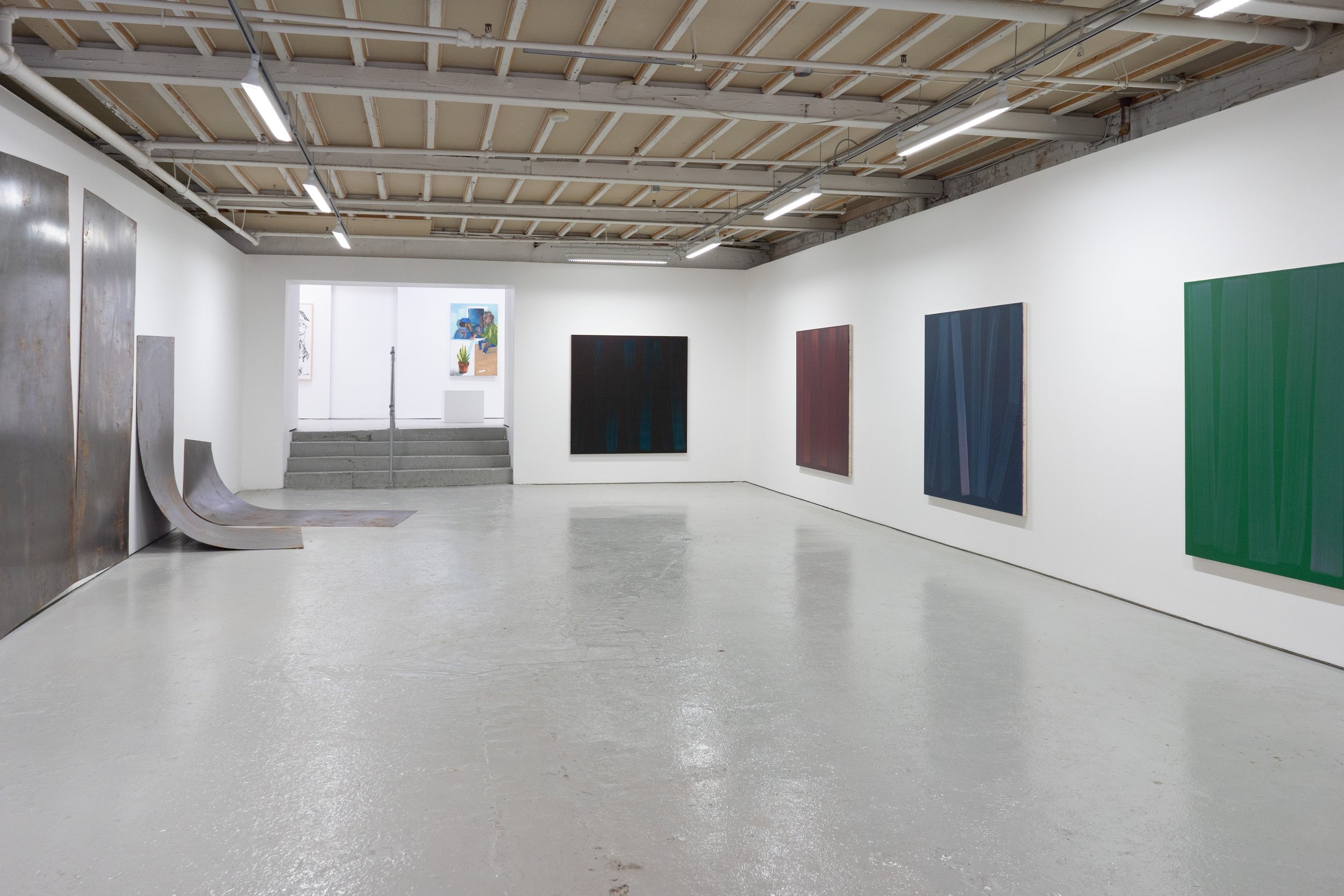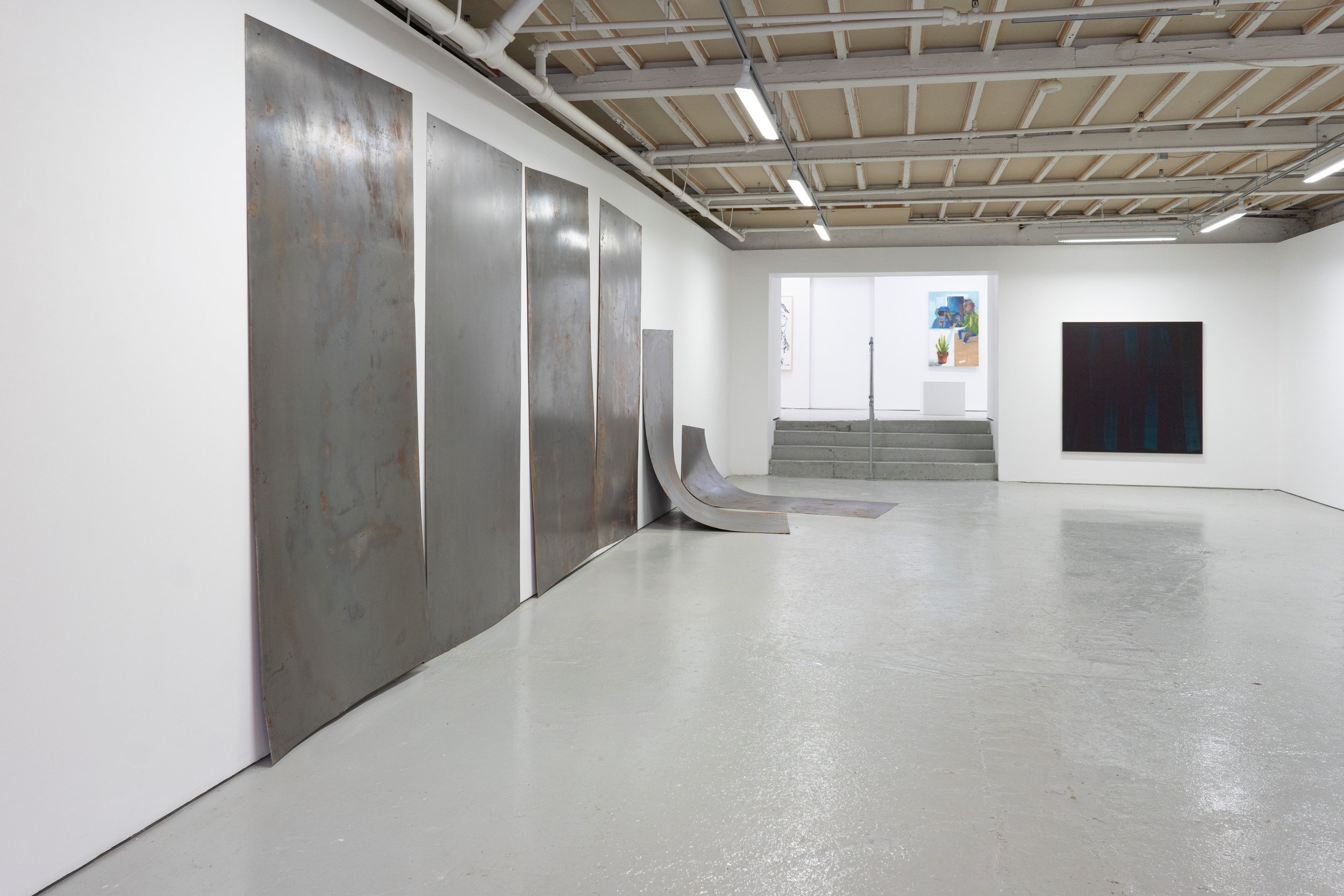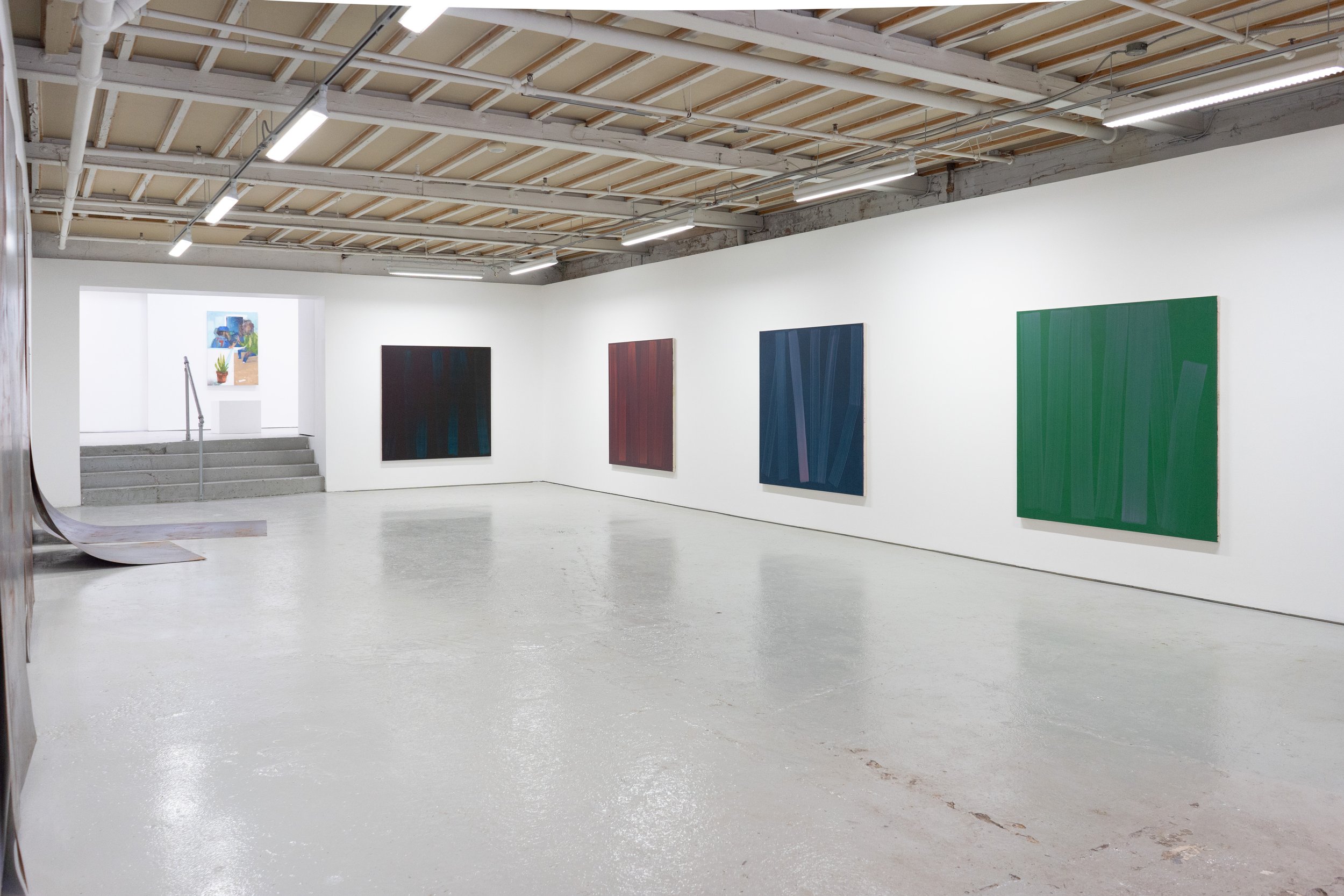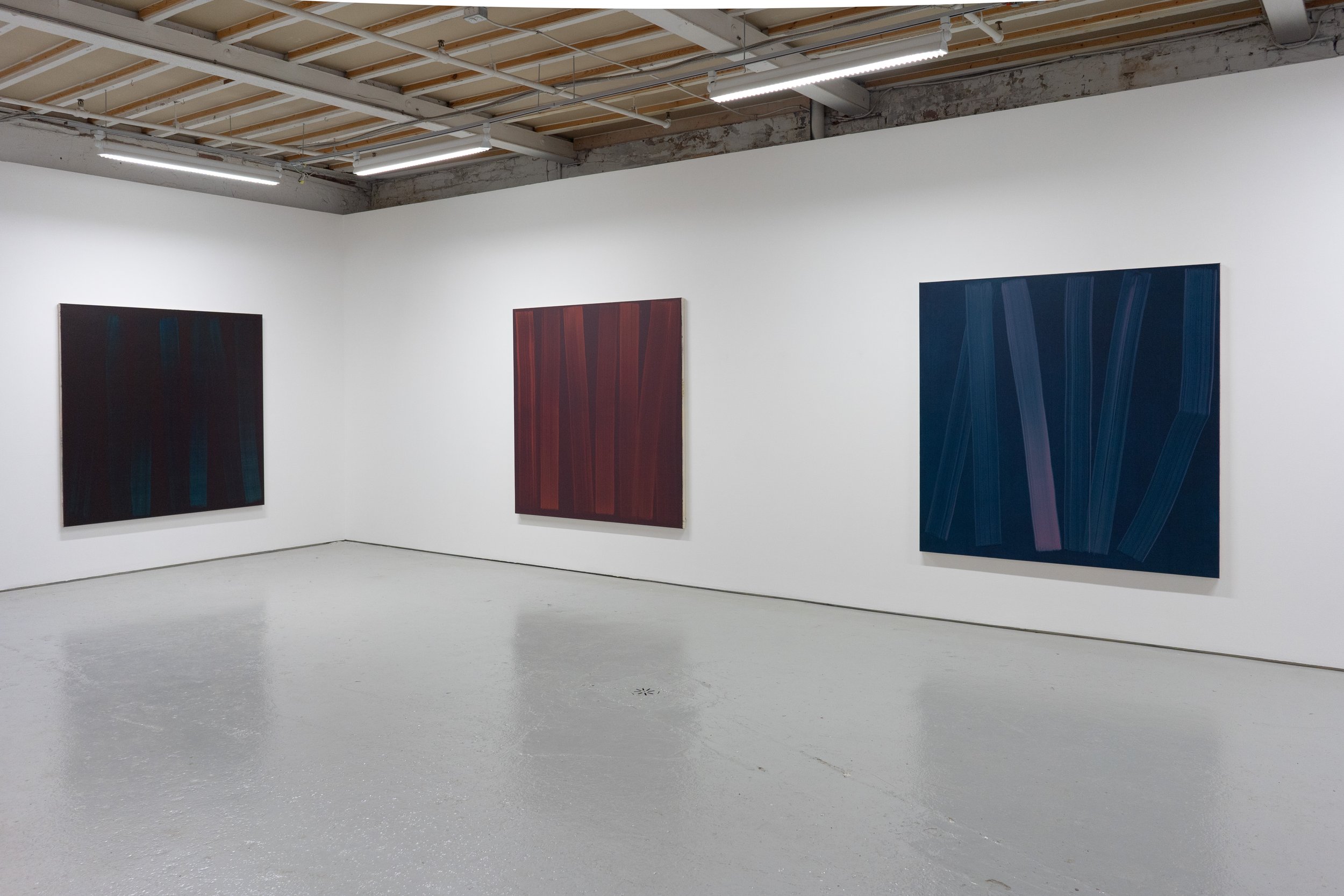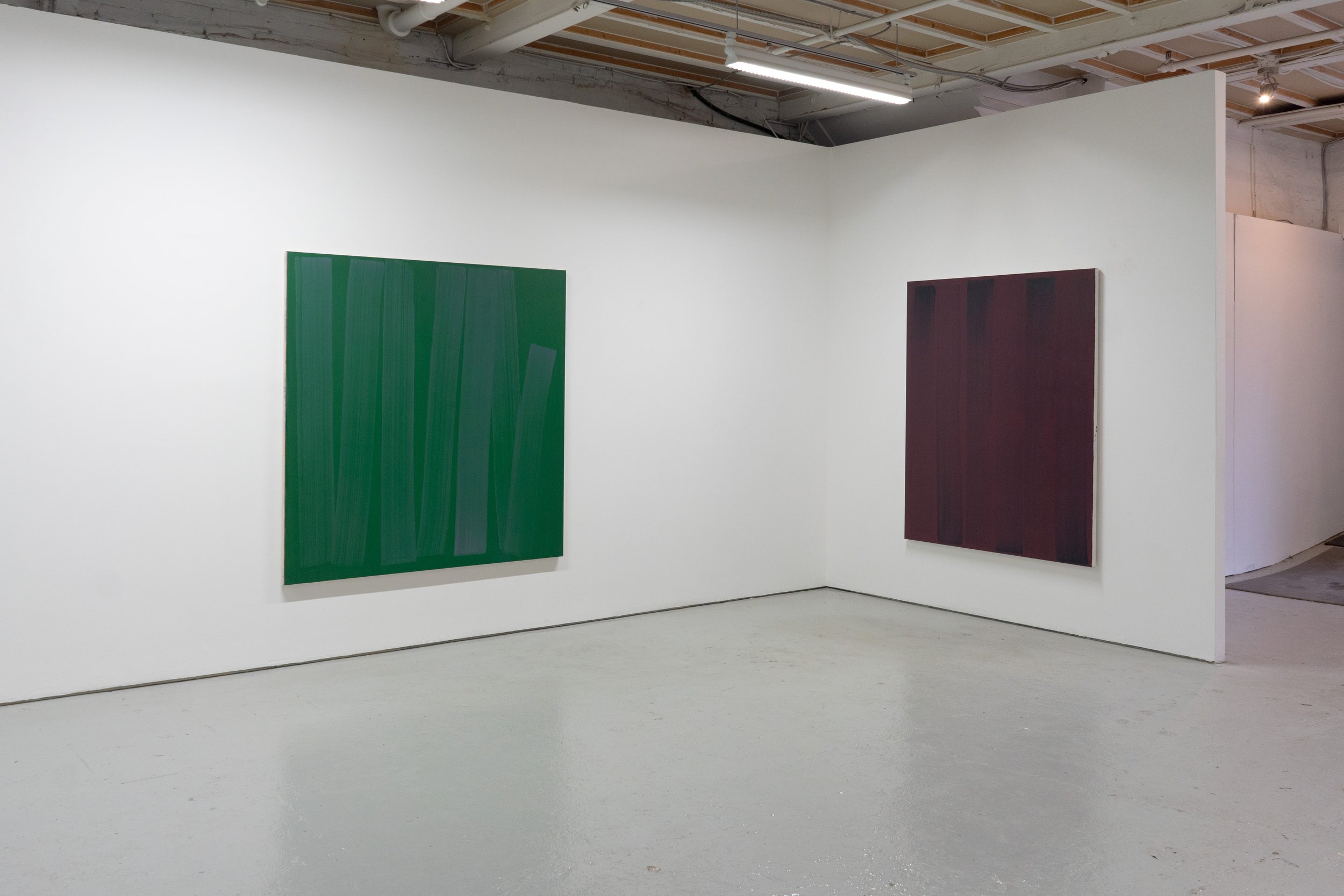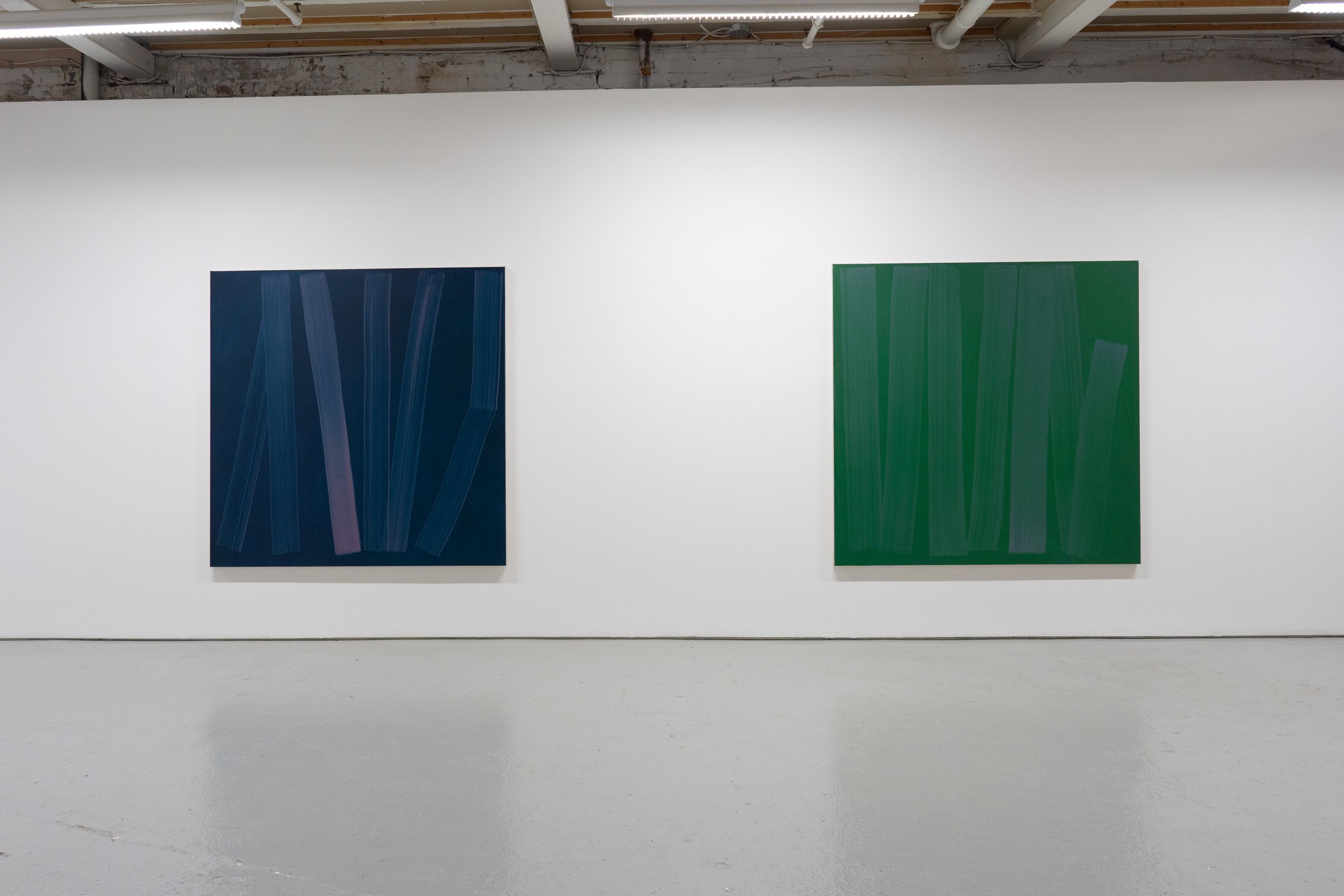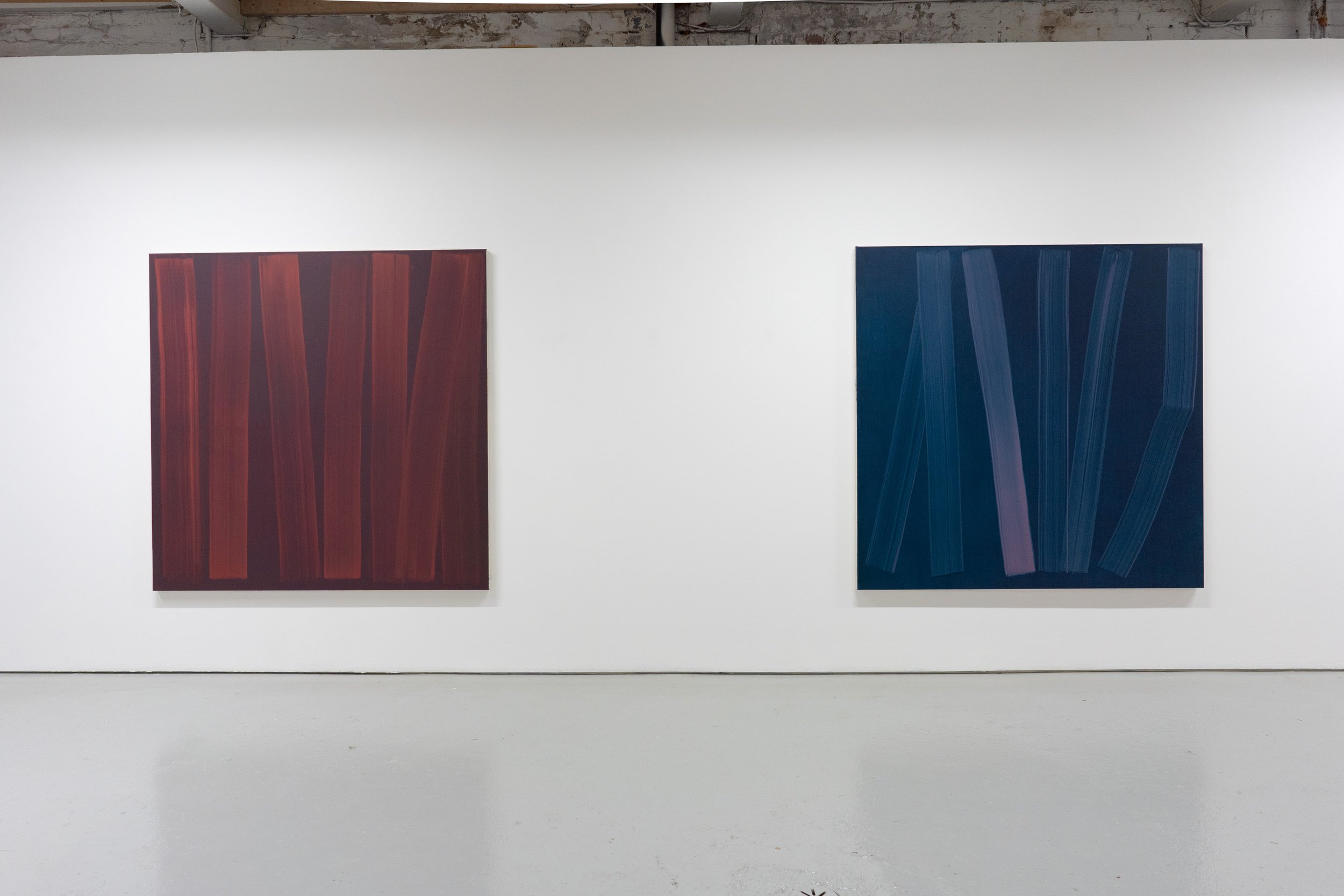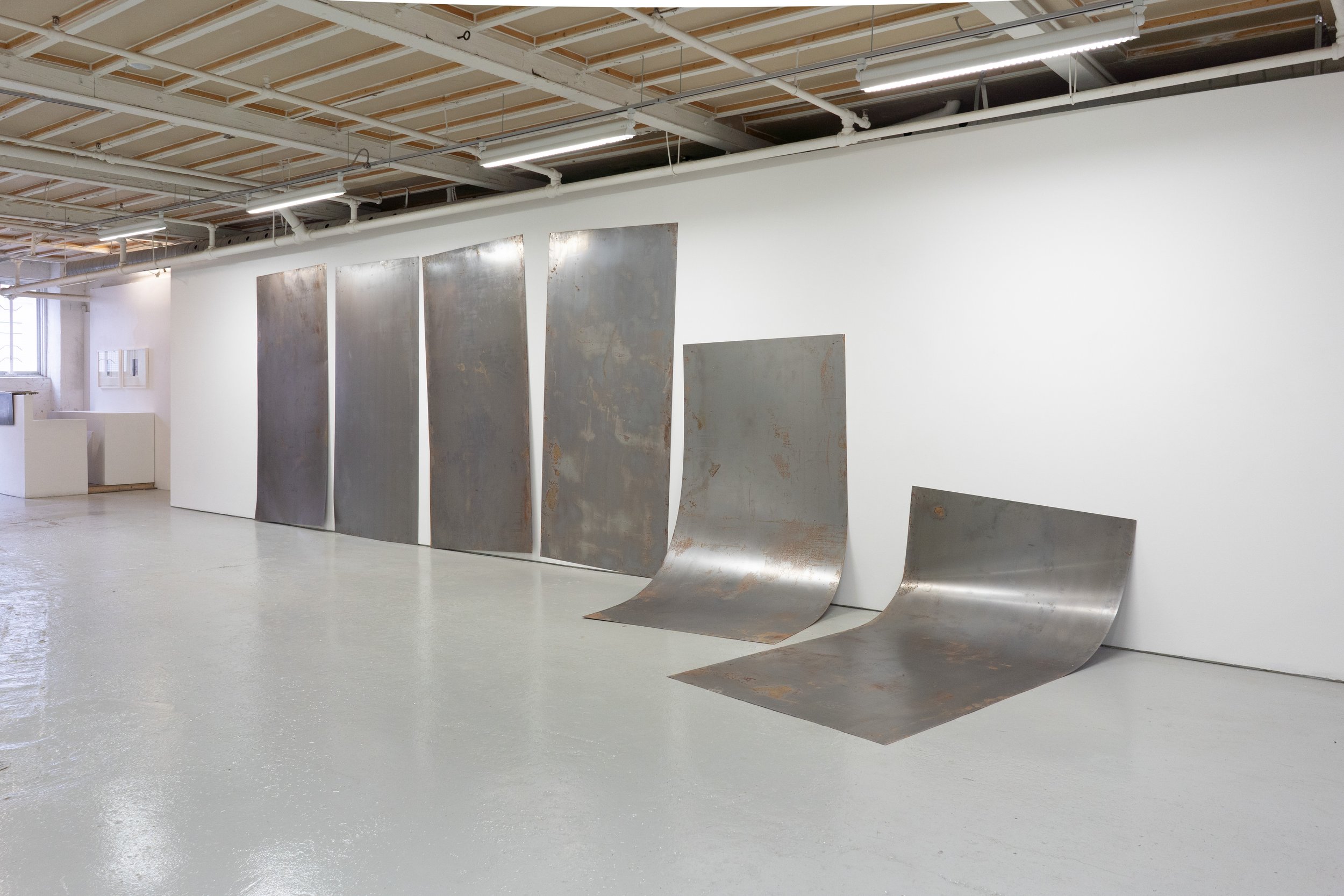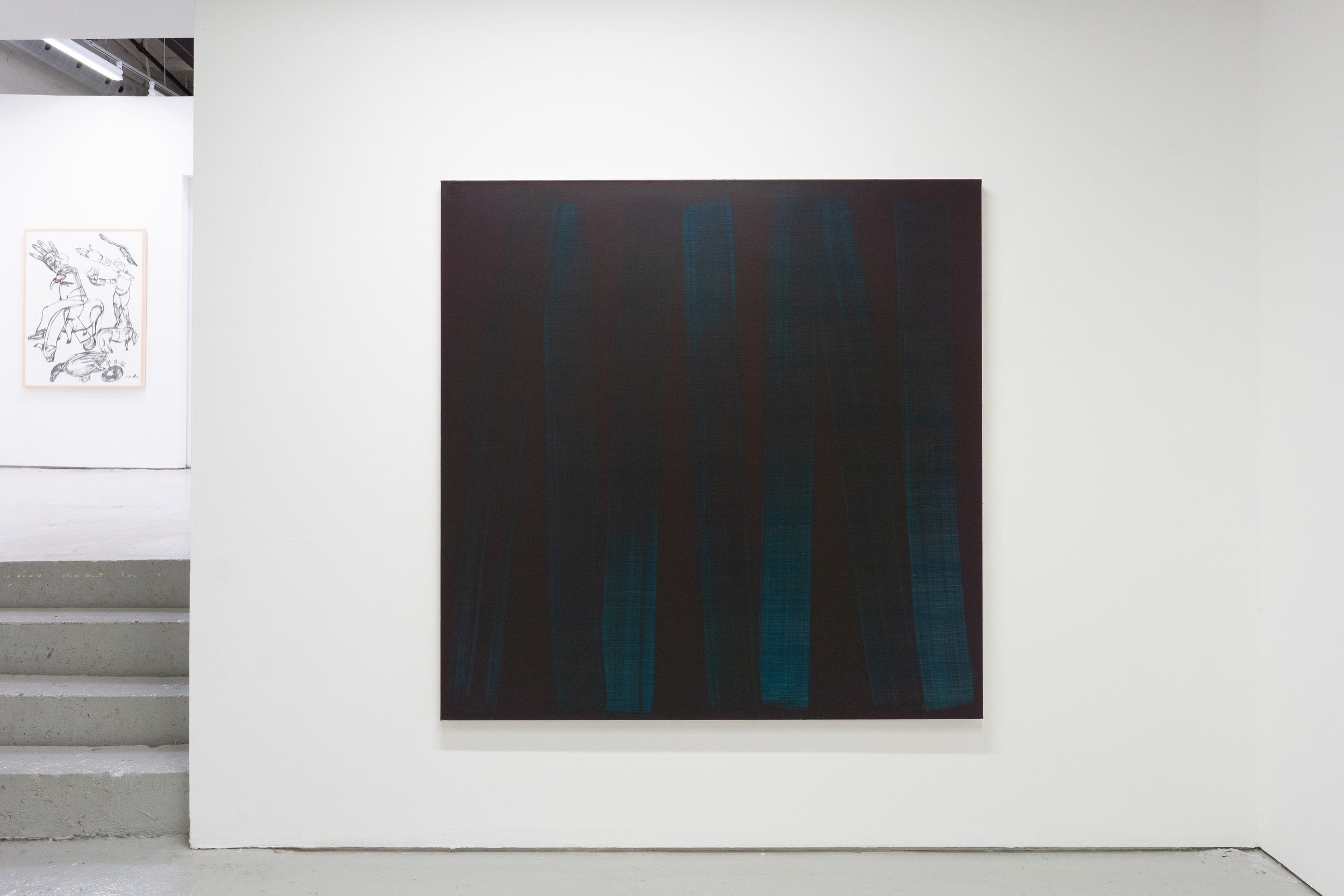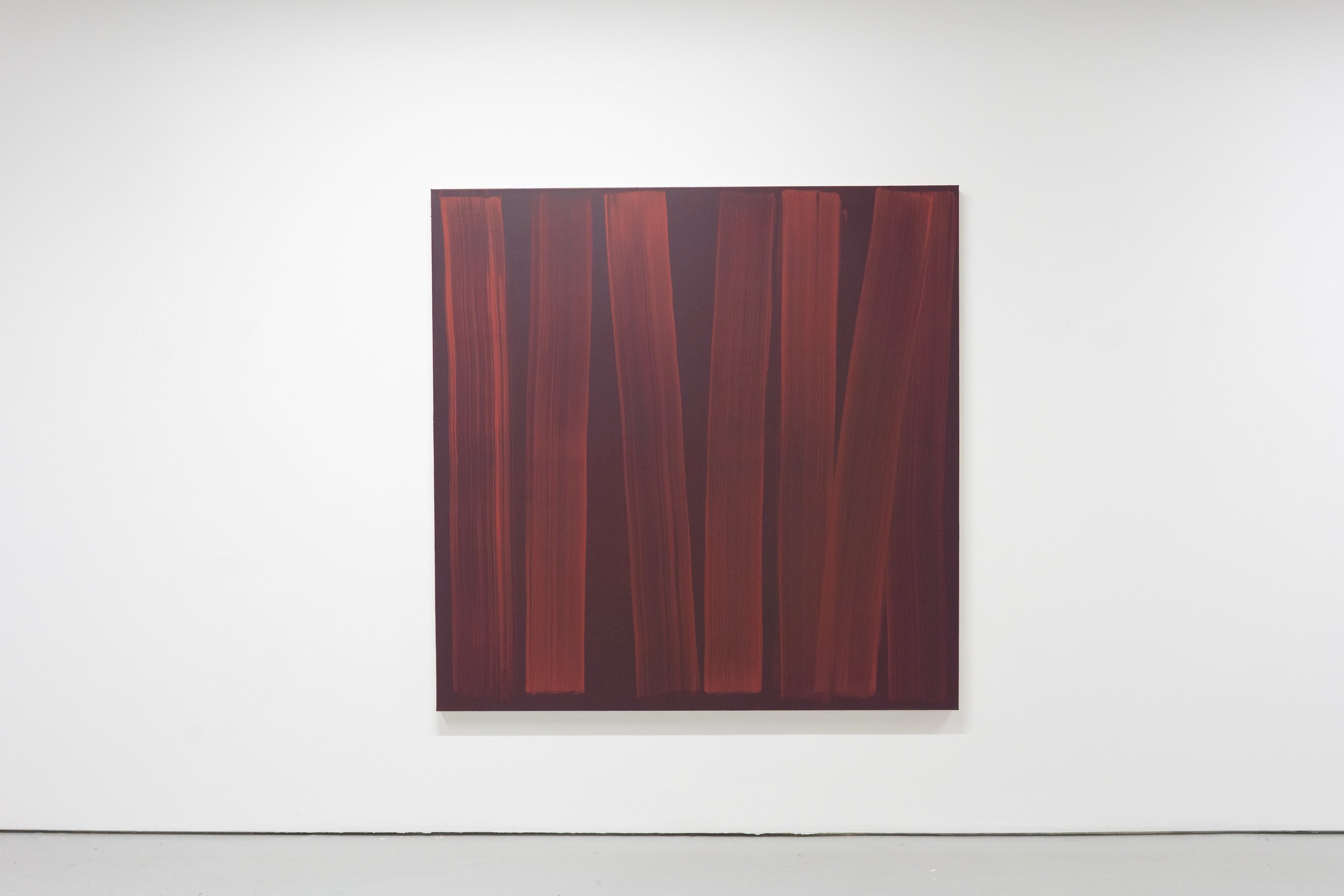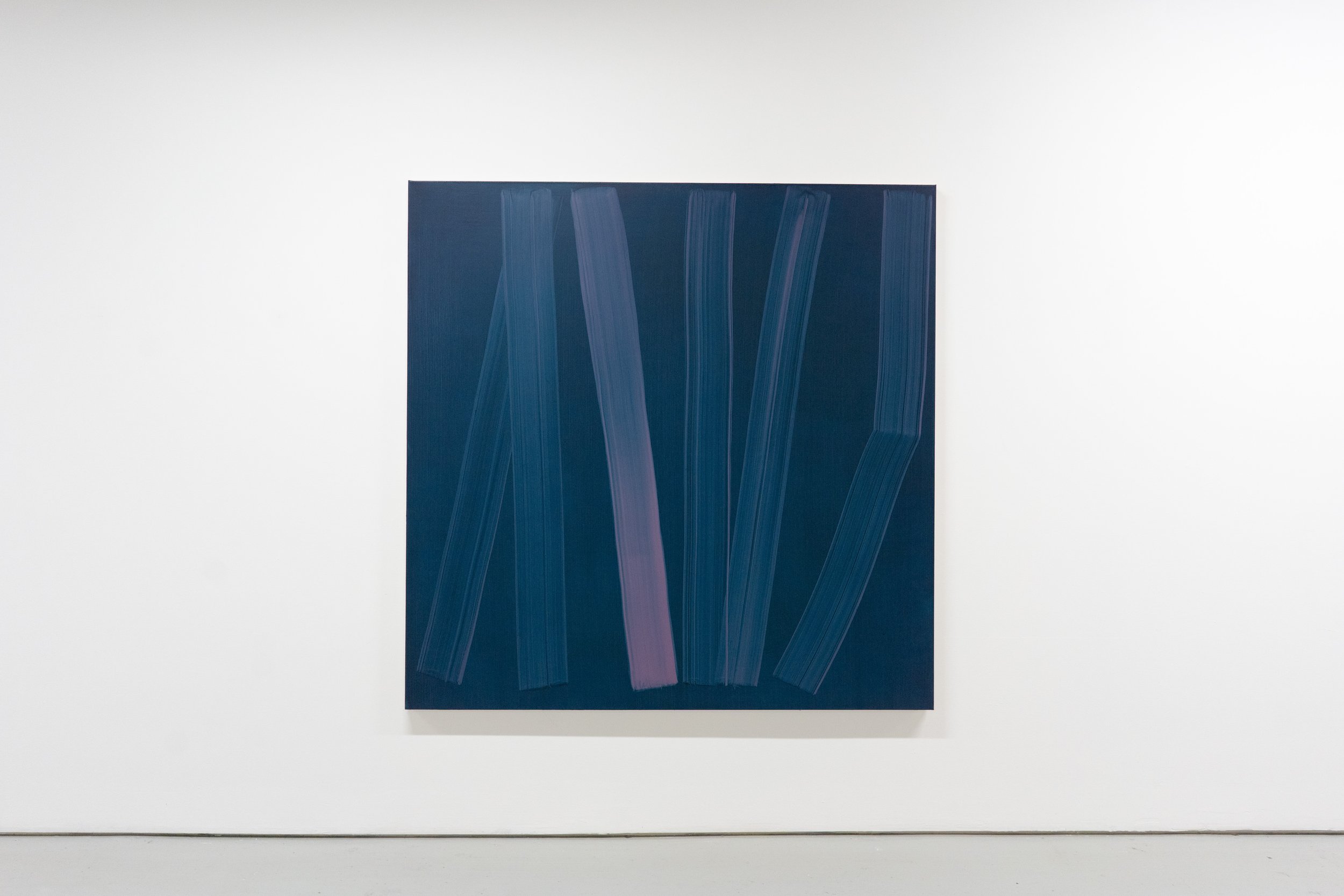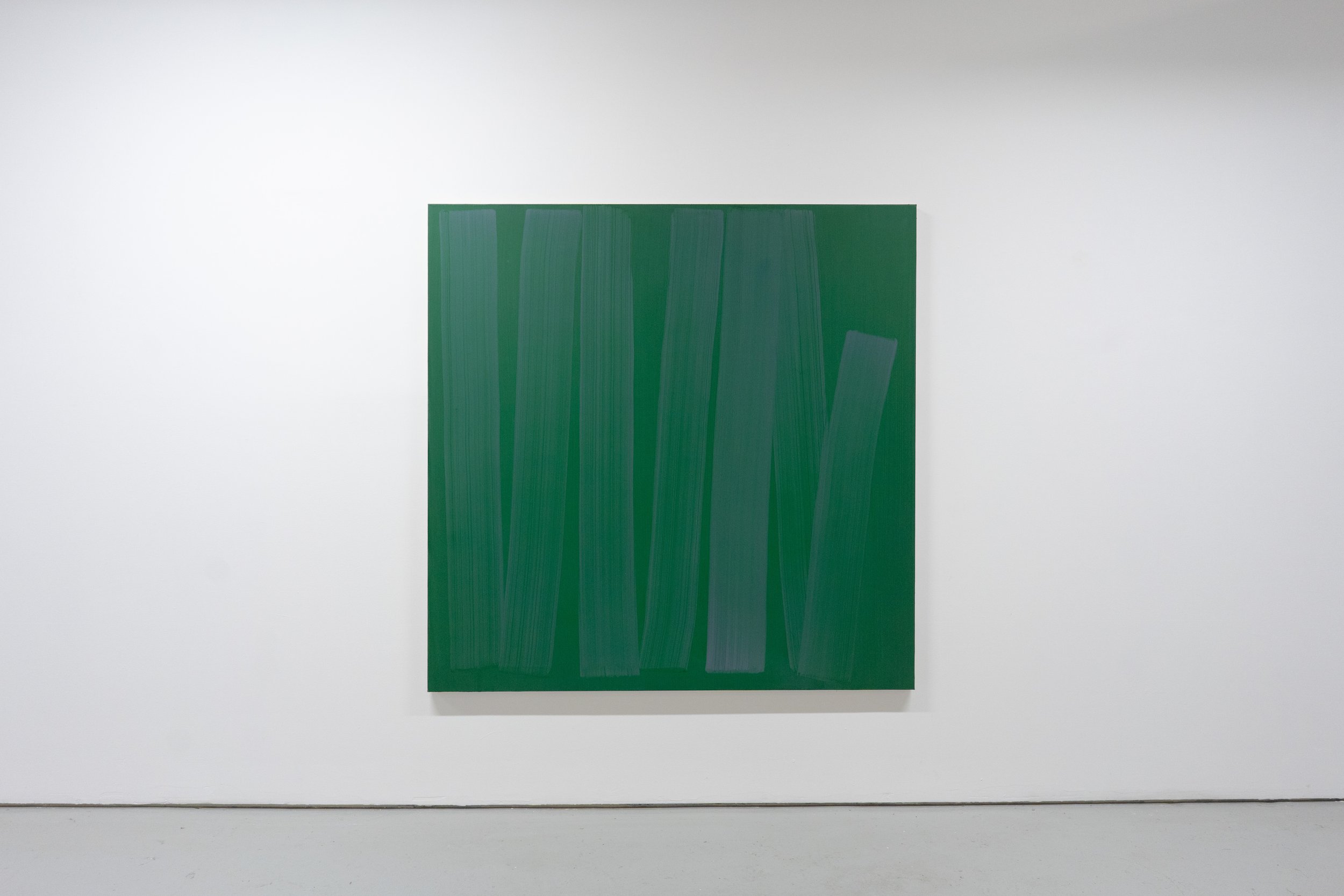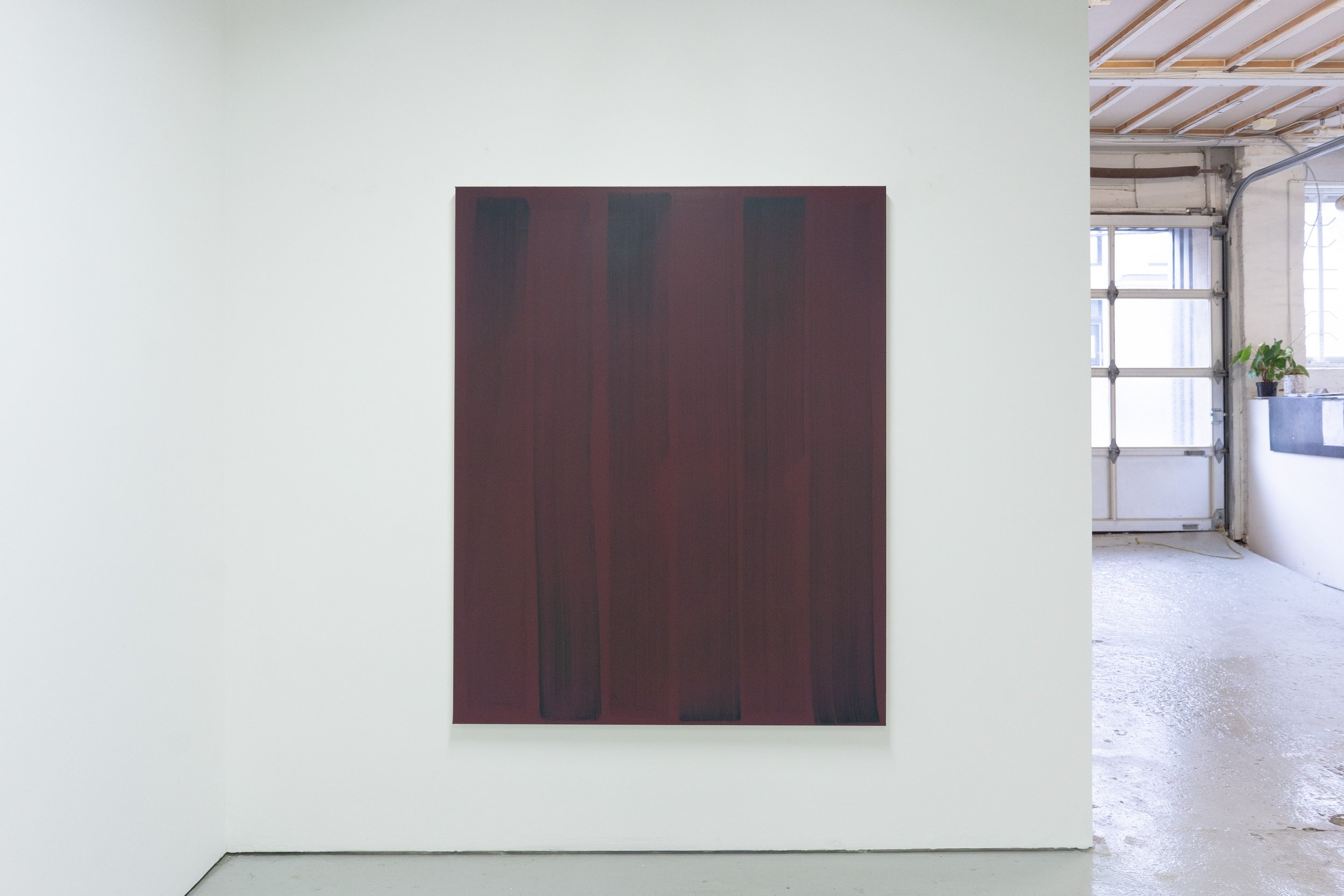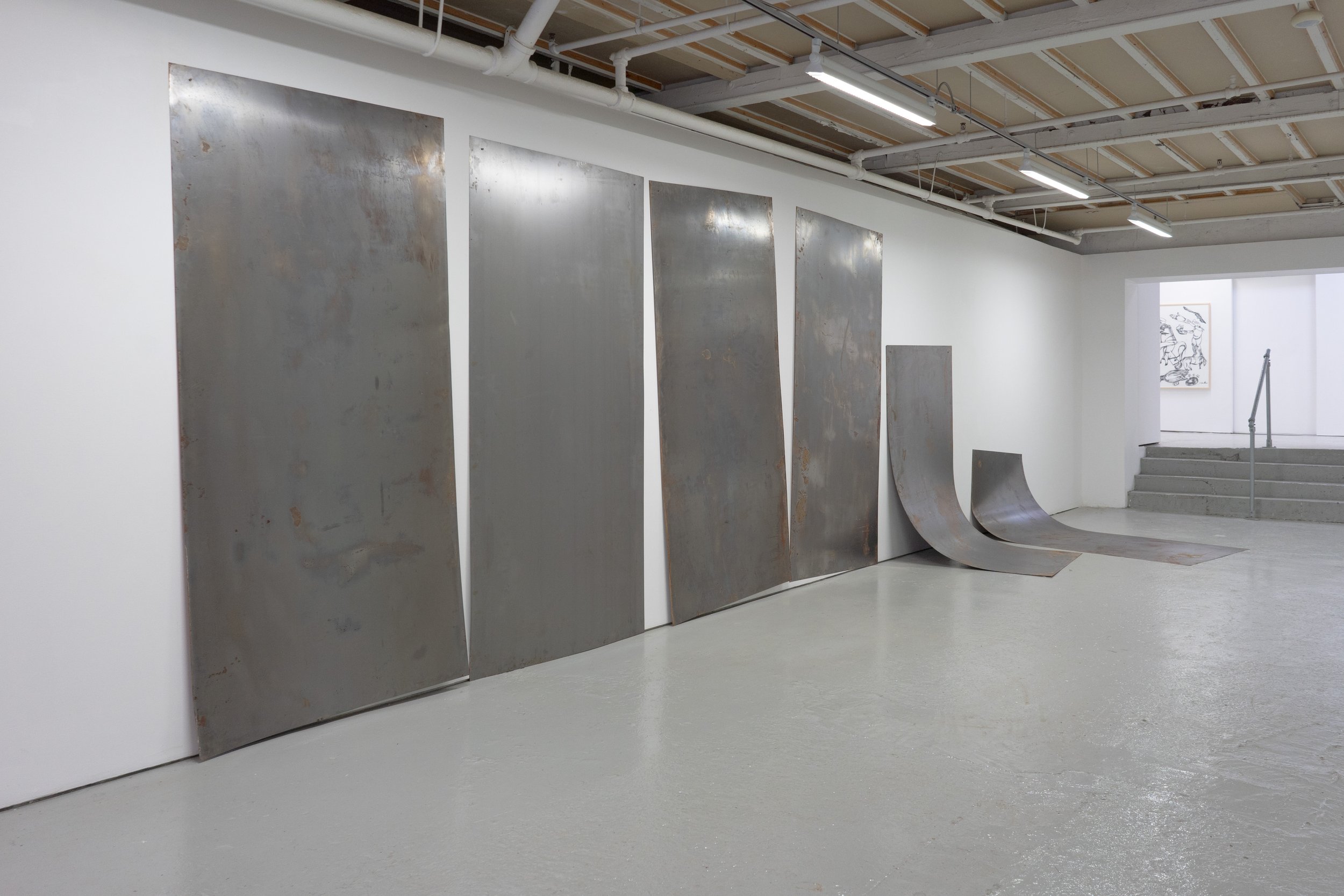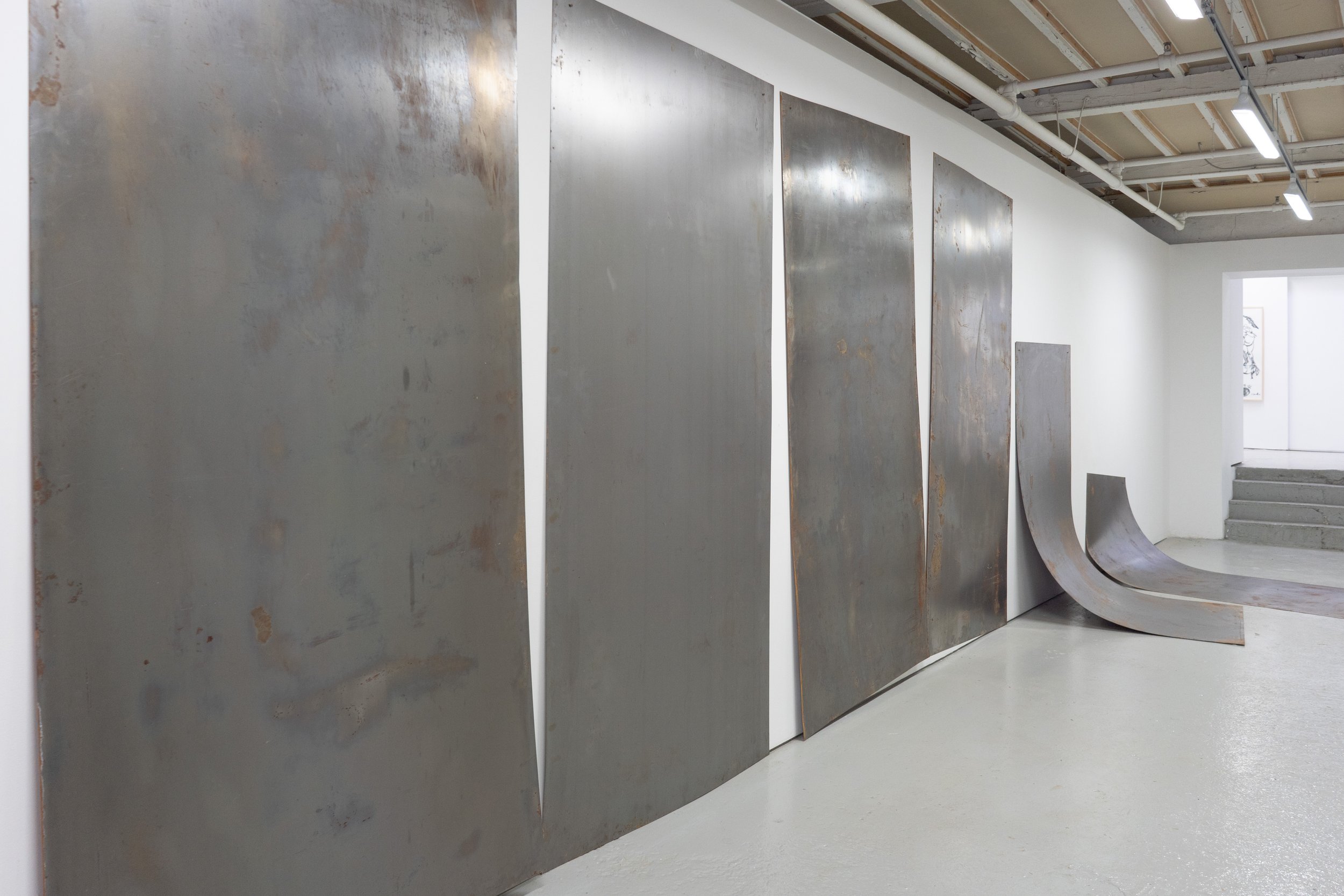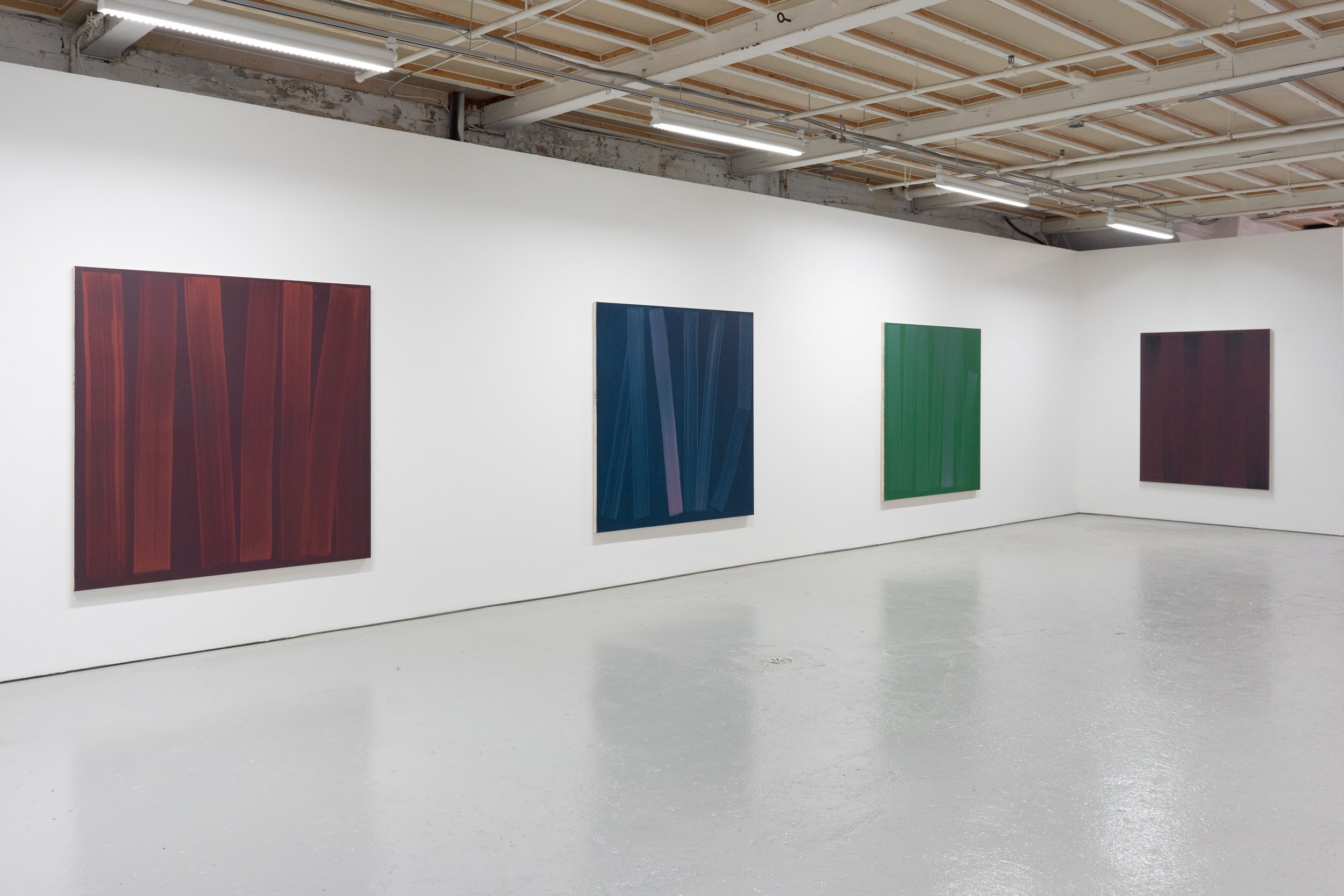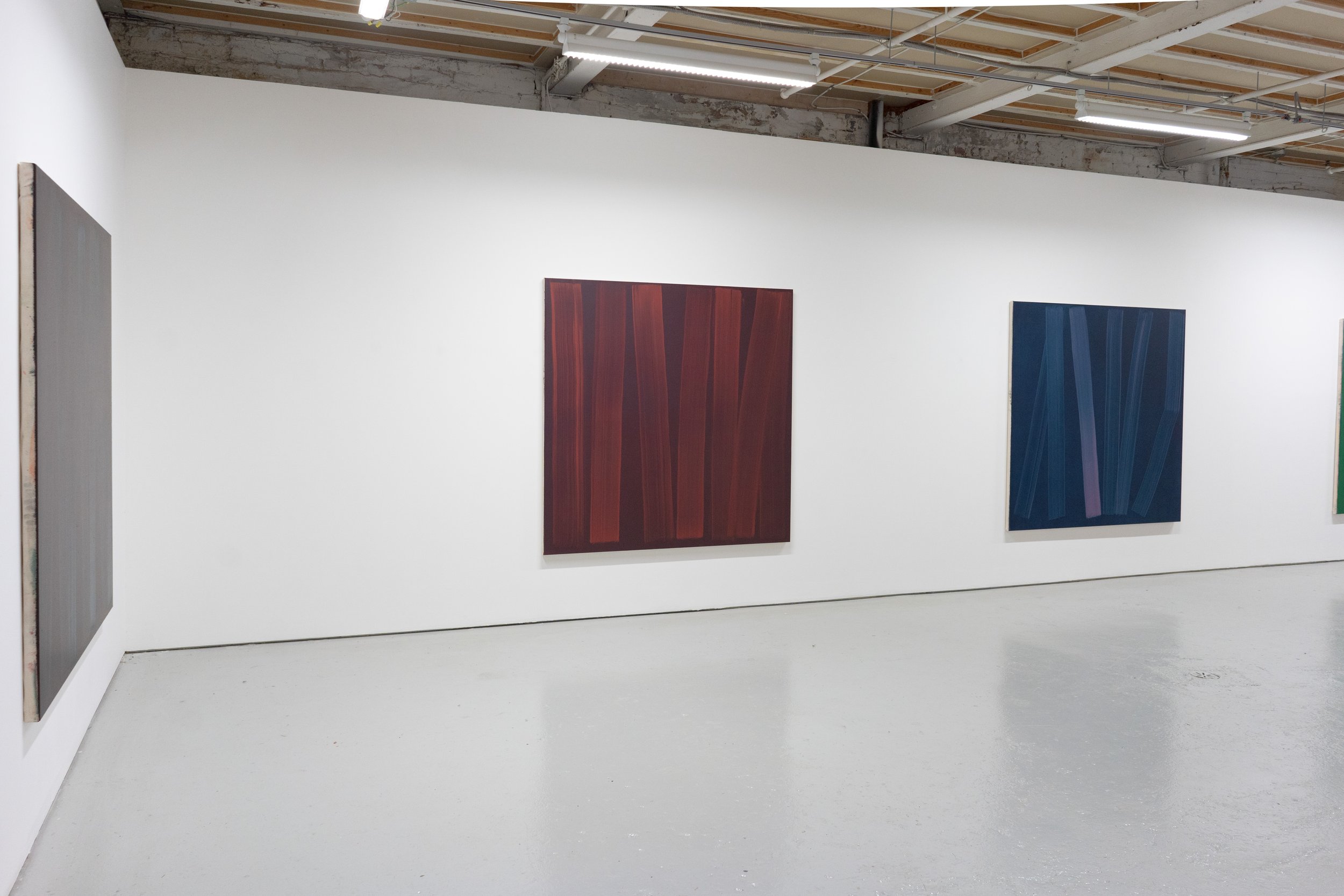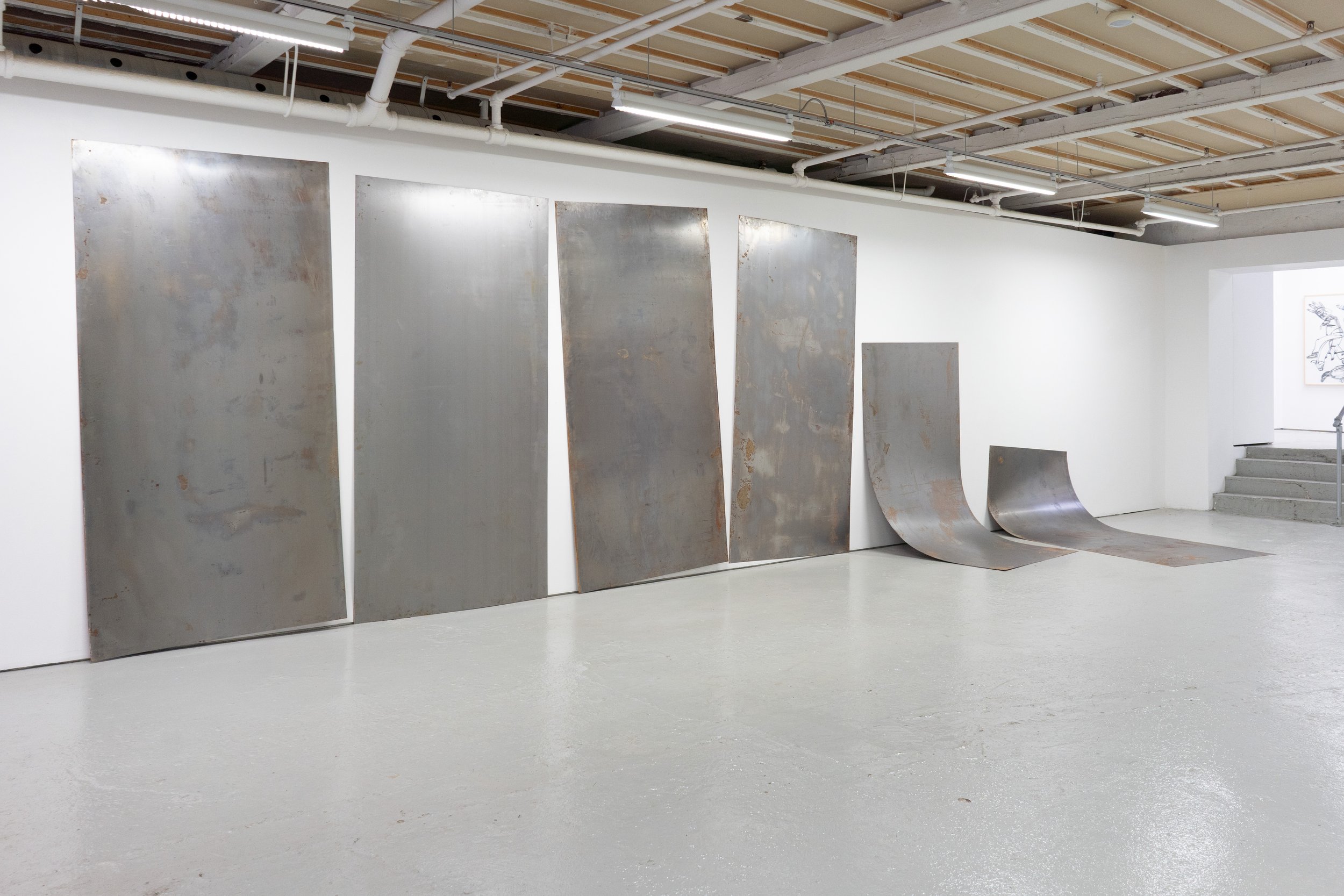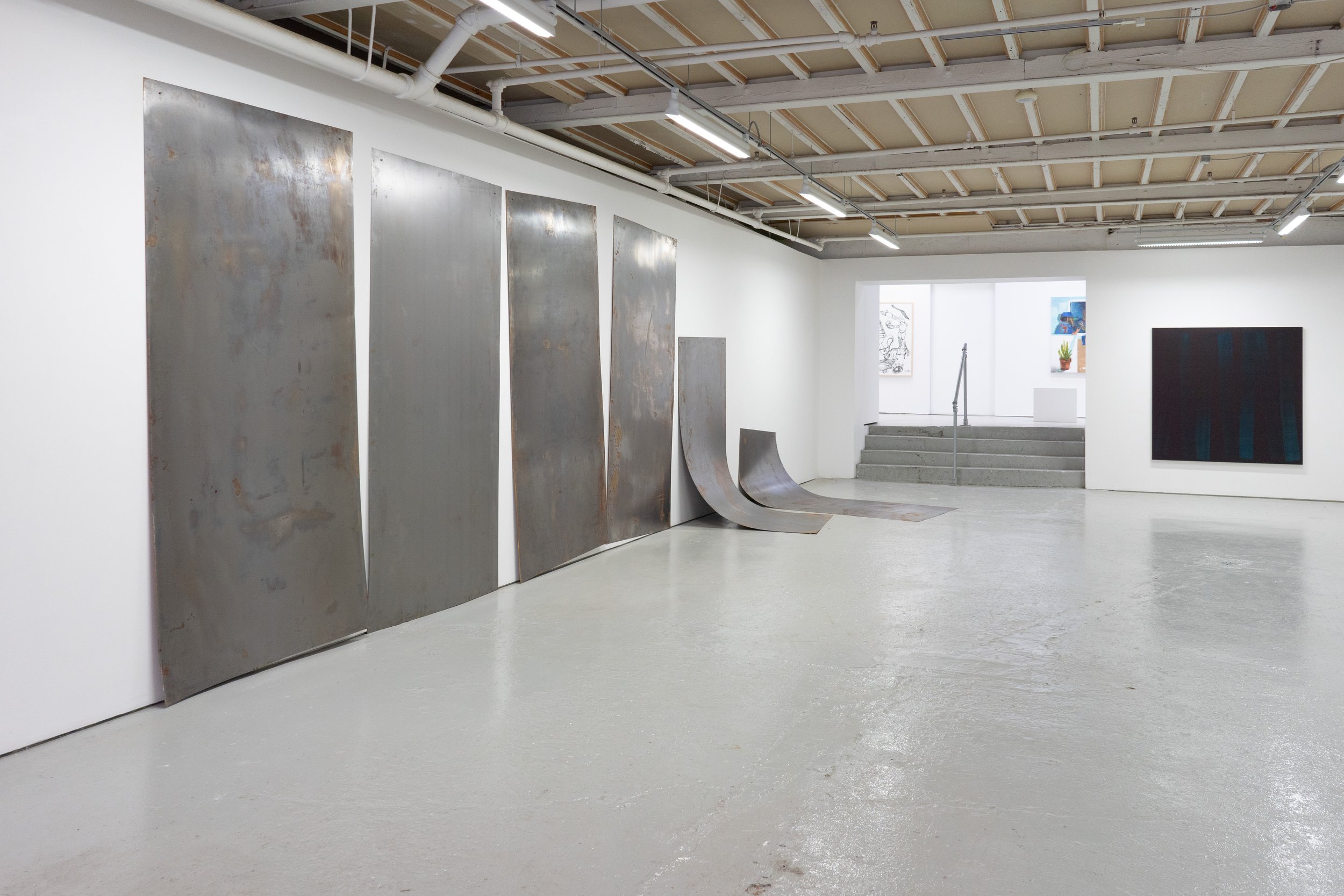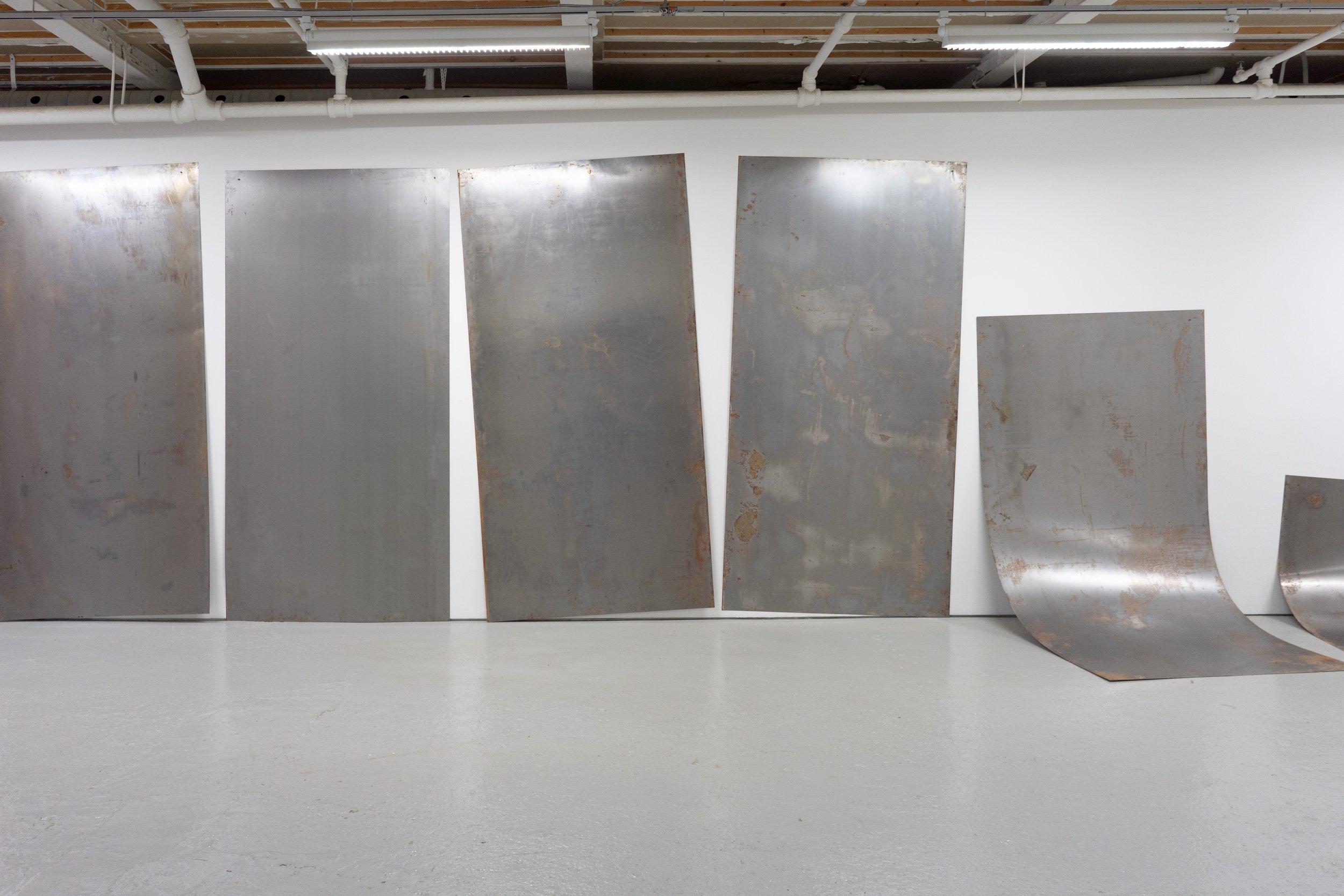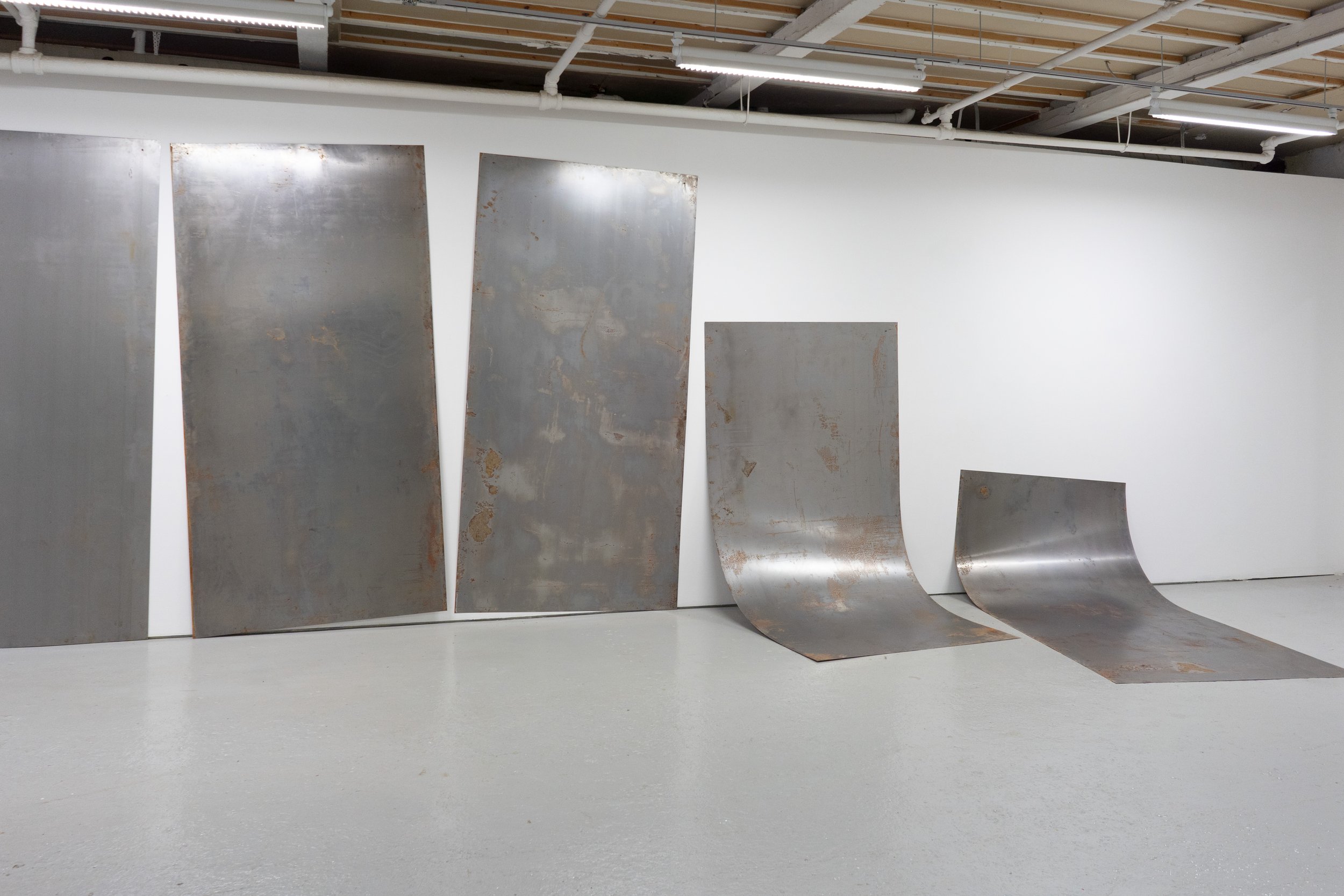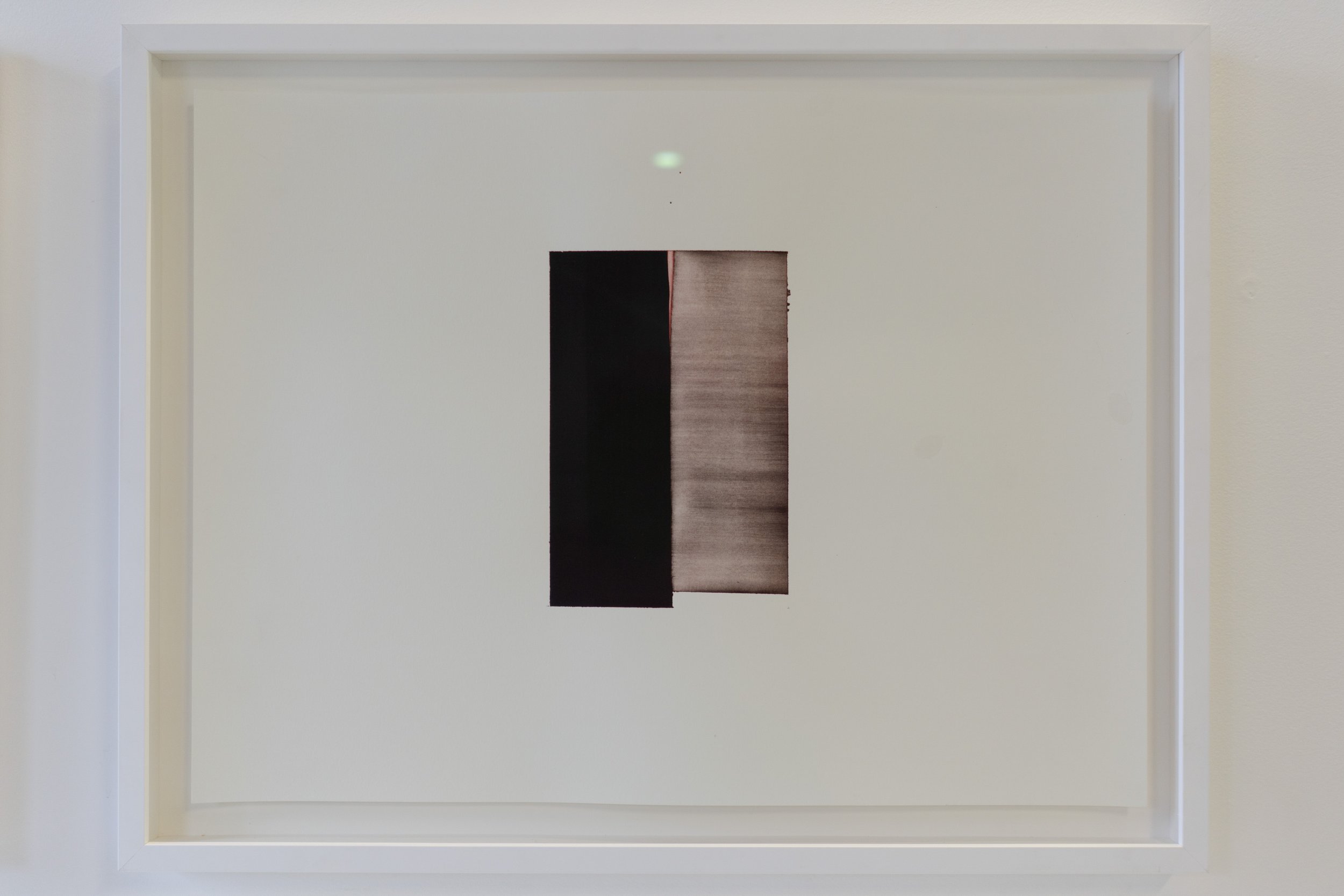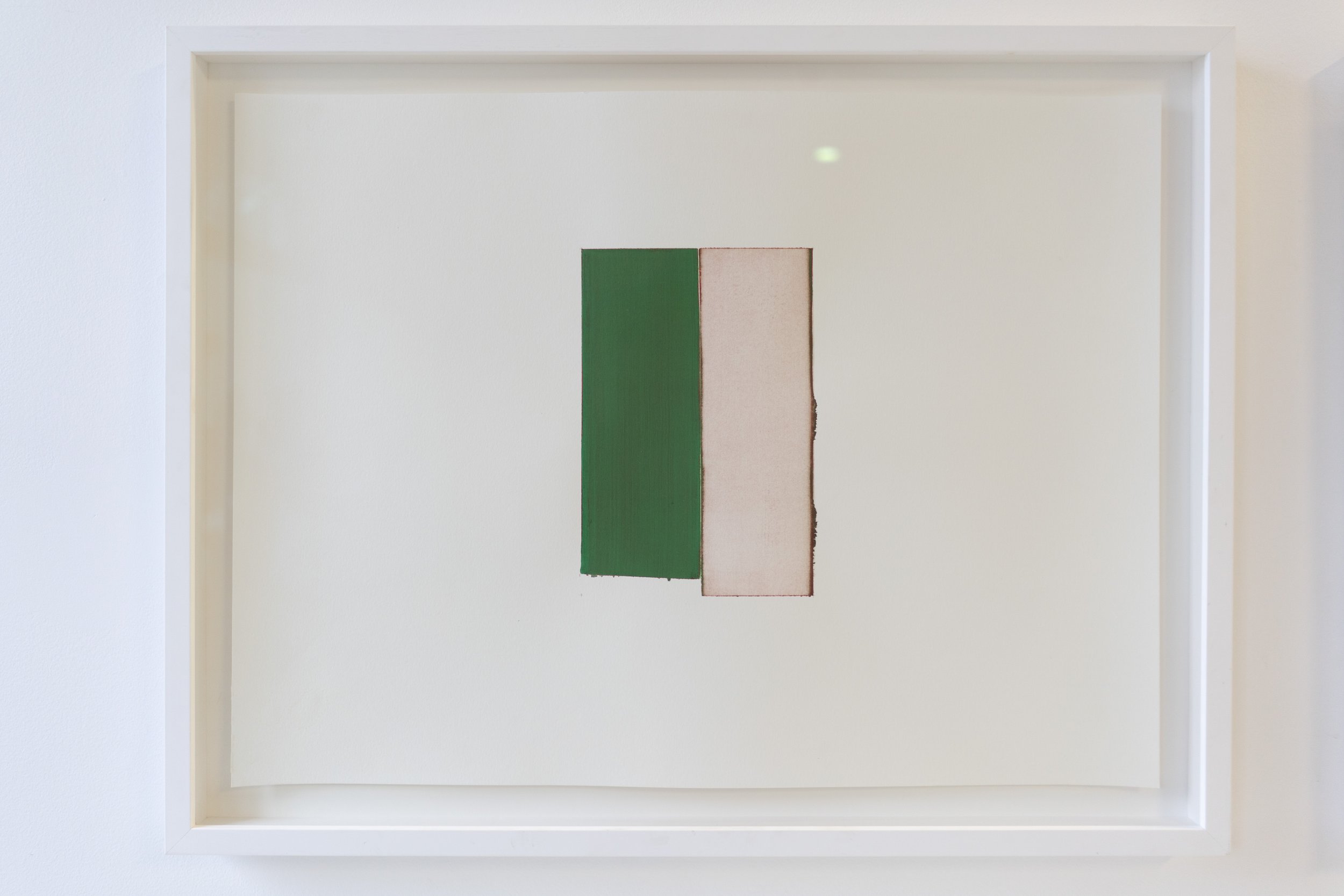Enclosures, Birch Contemporary, Toronto CA
Enclosures act as both artificial and natural barriers, they serve to keep things out as well as keep things in. Rivers, valleys, mountains and tectonic plates once acted as natural enclosures they separated animal species, land masses and continents. These landlines carved up the earth over millennia and are still today markers of pre-human geological time.
Artificial enclosures have a distinctly human feel. Fences, walls, the lines drawn on a map all carve up space and for centuries have divided nations, public and private lands as well as separated labour and capital. Thought about in physical terms human enclosures refer to a politics of space, a net thrown over a nonhuman world. Non-physical enclosures play just as much a part of contemporary culture as their physical relatives. They aim to protect but also in turn restrict access and movement, freedom and equity. From firewalls to online security systems to age-old non-physical enclosures like the class system and ideas surrounding nationality, religion or race. Both physical and non-physical enclosures have historically dramatically affected the environment we inhabit and they continue to do so today. From European colonization of America in the late 15th century to the highland clearances of the 18th century in Scotland, from the US-Mexico border wall to, perhaps the largest enclosure of all, the human-made impact of climate change which threatens our very existence on planet earth.
The works in this show play with the painted surface as if it were an enclosure or partition of sorts. The canvas occupies a middle ground between real and illusionistic space. The surface of the painting acts as both a boundary and a portal. At once pushing the viewer back into the reality of the exhibition space while simultaneously asking the viewer to penetrate the painted surface and peer deep into illusionistic space.
Gurrey’s paintings are made by way of a reductive painting process. The gestures you see are sections of the painting that have been removed to reveal layers beneath the painted surface. What appears to be positive space is actually negative and vice versa. The reductive nature of this painting process alludes to the breaking down of boundaries rather than the construction of enclosures. The painted gestures are in fact gaps that pierce the uppermost layer of paint. This reversal of illusionistic space which seems to vibrate on the painted surface asks the viewer are they inside looking out or on the outside looking in. Gurrey’s paintings are a form of resistance, a means of challenging binaries and the human action of partitioning in favour of a concern for the nonhuman.
Philip Gurrey was born in the UK and lives and works in Canada. Gurrey has exhibited across the UK, in France, Belgium, Denmark, Finland, Italy, Canada and the US. His works are included in the Fondation Francès collection (France), the Mercer Art Gallery collection (UK) the Pathfoot Collection (Scotland) and the British Airways Collection (UK), as well as private collections around the World.
